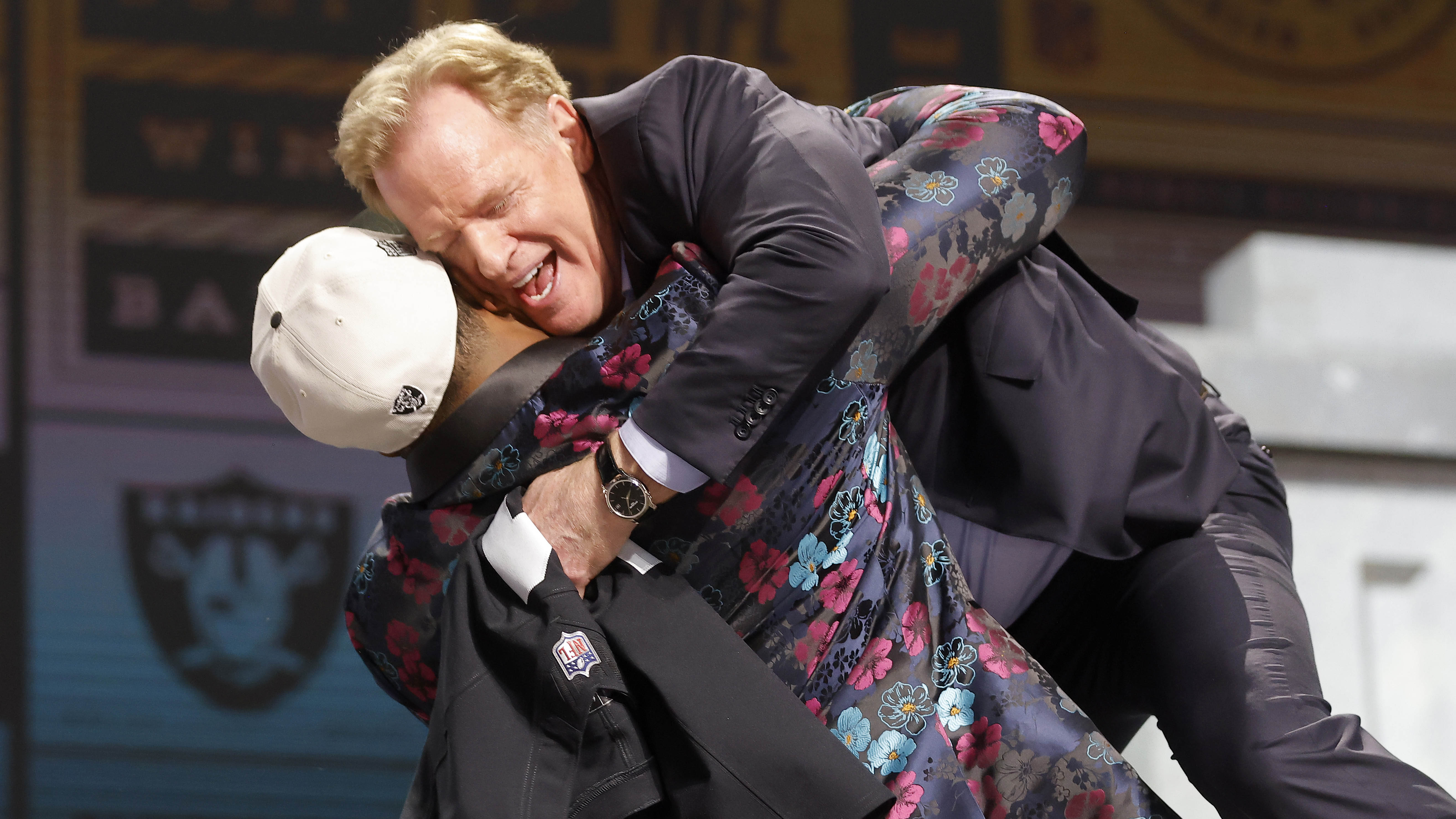While playing Larry David, Larry David once said that a good compromise leaves both parties a little bit dissatisfied. While the Red Sox and Rick Porcello are both at least somewhat satisfied after the team signed the pitcher to a four-year, $82.5 million contract extension, there's a sign that this is a good compromise – both sides are being grilled for taking on huge risk to make this happen.
More people are calling it an overpay – this is a reasonable read, since the team is guaranteeing an average annual value of more than $20.6 million a year to a player whose career ERA before last season was 4.51, who has struck out just 5.5 batters per inning over six years in the major leagues. And he hadn't thrown a single pitch for the Red Sox when the ink touched the paper. Others, though, are saying Porcello stood to make a lot more in free agency.That's also fair – pitchers don't often reach free agency at the age of 27, as Porcello would have.
The risk and reward are apparent, both for the pitcher and for the team. Porcello could very well be leaving money on the table - maybe even a lot of money, if things go as well as they could - but he will have made beaucoup bucks before another potentially big payday. According to Cot's Baseball Contracts, Porcello will have made $123.065 million in contracts and signing bonuses between being drafted in the first round by the Tigers in 2007 and the end of his new deal. Jon Lester, who will earn at least $185 million (including a $30 million bonus) on the contract he signed with the Cubs before his age 31 season, had earned under $45 million before then. So Porcello won't be in bad shape.
The Red Sox, perhaps, paid a higher AAV than they had hoped. But they paid it to a good pitcher for seasons he will pitch between the ages of 27 and 30. The top free agent pitchers next season will include will David Price, Johnny Cueto, Jordan Zimmermann, Jeff Samardzija and maybe Zack Greinke (if he opts out). At the start of the 2016 season, their respective ages will be will be 30, 30, 29 (a month and a half shy of 30), 31 and 32.
That's a big leg up in the free agent market, being a good starting pitcher nearly three years younger than the next youngest good starting pitcher available. On that alone, Porcello stood to sign for a potentially huge sum. But that's not the only factor that could inflate his value.
Porcello is a groundball pitcher. He has thrown his two-seamer more than any other pitch. By a lot. And when hitters make contact with it, they put it on the ground 60 percent of the time. He also mixes in a slider and a curveball to go along with his four-seam fastball and his changeup. While he doesn't generate a lot of strikeouts, he does generate the type of contact that puts the ball on the ground.
In the last year, the Red Sox added other groundball-heavy pitchers in Porcello, Joe Kelly, Wade Miley and Justin Masterson. Using Ultimate Zone Rating*, based on all players playing each infield position (except in the Red Sox case, using Pablo Sandoval instead of their 2014 third basemen and extrapolating Xander Bogaerts' small sample size over 150 games), here is how their former teams' infield defenses compare to Boston's:
Sports
Patriots, Red Sox, Bruins, Celtics and more
Red Sox: 27.3
Cardinals: 17
Diamondbacks: -10.5
Tigers: -13.2
Indians: -32.5
Logic would suggest that a groundball pitcher moving from St. Louis to Boston would see some improvement. Moving from Cleveland, where Masterson spent most of last year before heading to St. Louis himself, a groundballer could see an enormous improvement. Moves from Arizona or Detroit could signal big improvements.
Porcello is the best all-around pitcher of the four. While infield defense certainly didn't do any favors for Masterson or Miley, Porcello could potentially go from looking like a good pitcher to looking like a stud.
If he repeated his 2014 season, a free agent deal for a 27-year-old Porcello could have been very big. If he took a huge jump forward this year in Boston, he could have made a boatload of cash.
The biggest factor in such a jump (excluding Porcello himself) may be Bogaerts. He is the only Red Sox starting infielder who does not grade out as a positive defender, and he's also 22. Pedroia can cover a lot of range up the middle and ease the pain a bit. If Bogaerts does what he is expected to do, the team's infield is still great. If he surprises us and plays good defense, the team's infield will be stellar.
The Red Sox certainly took on a risk by guaranteeing that money before seeing Porcello take the mound. But they avoid the risk of him pitching himself into a much bigger contract.
*UZR, or Ultimate Zone Rating, measures how strong a player's fielding ability is. It can be read similarly to WAR, in that a player with a UZR of zero is a league average defender at his position. Players with negative UZR in a given year are relatively poor defenders that season and vice versa. Fangraphs explains in detail just what goes into determining UZR.



